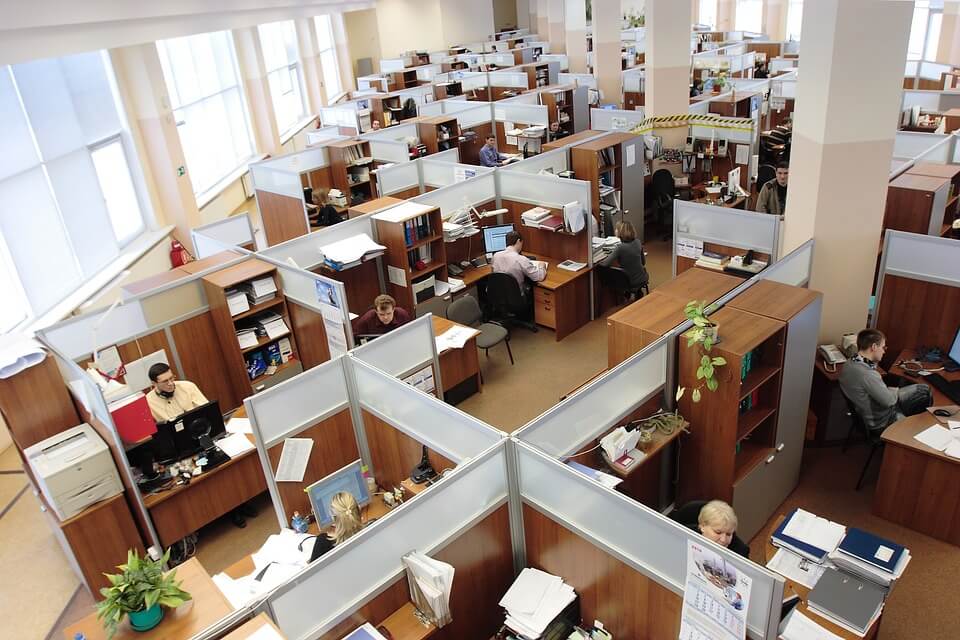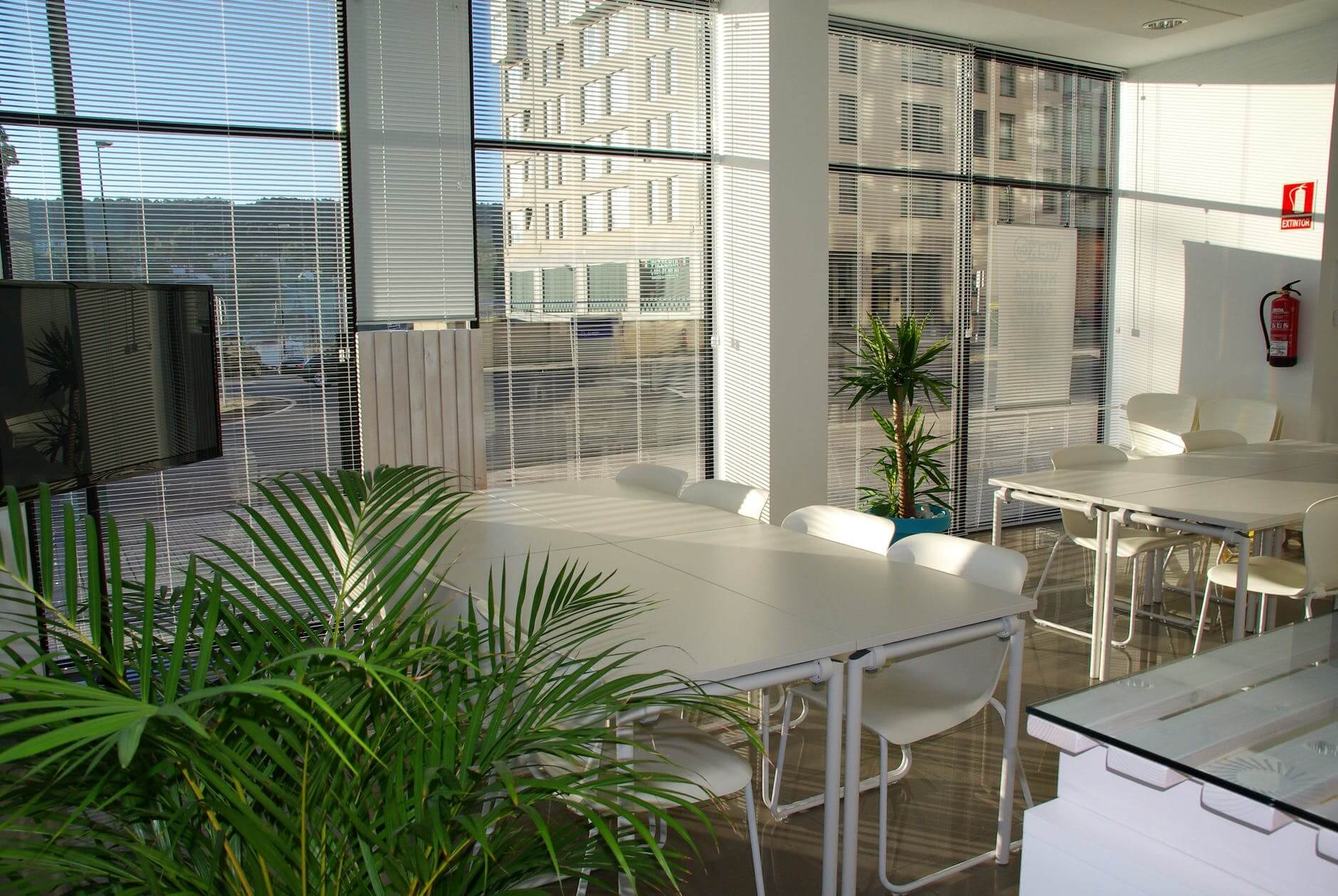Remember when you were a kid, and you’d look out the window, longing for recess to start so that you could play outdoors? I’d venture to say that a lot of people experience the same feeling as working adults.
5 Benefits of Natural Light in the Workplace
Nobody likes being stuck in a drab, dark setting. Unfortunately, going outside for half an hour may not be possible, so to have a healthy corporate culture, natural lighting is absolutely necessary for both physical and mental well-being. The following reasons are why natural lighting should not be optional.
1. Better Sleep
A study conducted by researchers at Northwestern University compared two groups of workers: One worked in an office without windows; the other worked in an office with natural views. Of the two groups, the latter experienced a better quality of sleep. The workers with the window view slept 46 minutes longer on average than those without. The windowless workers also reported more problems with “sleep quality, sleep efficiency, sleep disturbances and daytime dysfunction.” As we all know, sleep is a critical part of our mental performance, so natural light can improve the brainpower in your office.
2. Fewer Energy Costs
With more light being provided by the great outdoors, you can use less light in your office and save on your energy costs. That’s what happened with a Lockheed Martin office in Sunnyvale, CA—the company saved an estimated $300,000-$400,00 when it revamped the office to let in more natural light. While this is an extreme example, you may still be able to save some money by introducing more natural light—even if your savings don’t amount to a six-figure number.
3. Better Moods
For some individuals, lack of natural light during the winter can lead to Seasonal Affective Disorder, or SAD. SAD occurs due to the interruption of circadian rhythms, which Psychology Today defines as “the biological, mental and behavioral changes that follow a 24-hour cycle and respond to light and darkness within an organism’s environment.” Unfortunately, for some office workers, natural light is a rare luxury. The Telegraph reported earlier this year that out of 2,000 workers surveyed in the U.K., 200 only work by artificial light—no windows in sight.
4. Less Eyestrain
Daylighting is also crucial to good eye health. For one thing, artificial light may not provide sufficient lighting the way daylight does. Workers’ eyes may also be strained under fluorescent lights. According to the green workplace blog Green Room, a “landscape view” is also good for a person’s sight because it “provides a combination of both short-range and long-range views causing the eye to constantly refocus, which benefits the eyes.”
5. Increased Productivity

Better concentration and improved short-term memory were both observed in office workers who had been exposed to natural light, according to a 2003 California Energy Commission study. The Lockheed Martin office I mentioned before reported a 15 percent increase in productivity after it increased natural light in the office. The company believes this change and the resulting productivity boost led to the acquisition of a 1.5 billion-dollar contract. There’s also the oft-cited post office in Reno, Nevada that introduced more light in its building, leading to one of the most productive teams of postal workers in the region and a profit increase of $400,000-$500,000.
For all these reasons, introducing more natural light should be a serious consideration for all facilities managers. Even if your facility does offer natural views to some staff, it’s also worth considering whether these views could be expanded or enhanced—some workers may be seated closer to a window, for example, while others may be too far away to benefit from it. Yes, renovations are always costly, but the gains you see may far outweigh the expense.




